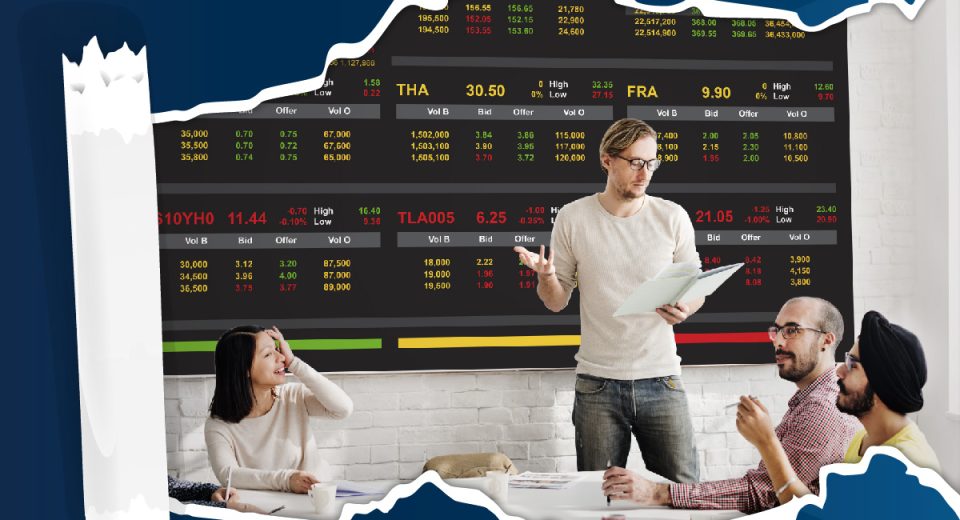Bitcoin has attracted the attention of investors and traders, beginners and experts, believers and sceptics. No other asset in history has recorded such jaw-dropping growth, with Bitcoin prices skyrocketing from around $400 in January 2016 to above $4,000 by August 2017 only to cross $9,000 in November 2017. Moreover, this digital currency is among the most volatile assets, offering attractive opportunities to enter and exit the market within a matter of hours. You can be part of the excitement by purchasing physical Bitcoins or trading in Bitcoin CFDs.
How to Buy Physical Bitcoin?
If you’d like to purchase and store Bitcoins, the first step is to create a wallet. This is pretty much like opening a bank account for fiat currency. You can use the wallet to receive bitcoins, store them and transfer them to others. You can either have a wallet installed on your own computer or mobile device or have it hosted with a third party. You will also need a Bitcoin address to identify the wallet and a private key to make transactions. The cryptocurrency can be purchased from an online exchange for a small fee structure.
Most people find it a little confusing to buy physical bitcoins and protect their wallets. Moreover, this is not suitable for traders who wish to take advantage of price fluctuations without having to purchase the underlying asset. This is where CFDs come in.
What is a Contract for Difference?
A CFD (Contracts for Difference) is where a buyer and a seller agree to pay in cash any difference in prices as the value of the cryptocurrency rises or falls, instead of buying the underlying asset itself. So, a contract is made between the two parties, based on their expectations of the price of Bitcoin on a specific future date. So, there is no typical “buyer” and “seller” in such a contract. If the trend is accurately predicted, you could get paid the difference in the value of the cryptocurrency from the date the contract was entered into to the date of its expiry. If not, you will end up paying the difference to the other party.
The reason why many prefer to trade CFDs rather than holding the currency itself is that CFDs entail lower commissions in the form of spreads, which in turn allows the trader to open interim positions and gain even from lower price movements. Another difference between trading the cryptocurrency itself and trading CFDs is that for the former, you need capital to buy the currency, which means that you can only buy as much as your budget allows. However, with CFDs, you can hold a much larger position than the amount of money you might have at your disposal.
Trading CFDs also allow the trader to set take profit and stop loss levels. This is very useful, given how volatile cryptocurrencies can be. There are some other advantages of trading CFDs.
Benefits of Bitcoin CFDs
One of the biggest advantages of choosing to trade CFDs is the leverage it offers, as mentioned earlier. It allows you to hold larger positions than you would if you were to buy the cryptocurrency itself. This means that there is potential for higher profits too. However, the risk is that the losses would also be higher if your predictions fail to play out. So, just like any other form of speculative trading, success lies in being able to accurately predict price trends.
What’s more, you stand to gain regardless of whether the price goes up or down, unlike investing in “physical” Bitcoins. So, if you expect the price to drop, you can open a “sell” or “short” order. And, if you expect the price to raise, you do the opposite.
Another big advantage is the speed, which is instantaneous. When trading Bitcoin CFDs, you don’t need to wait for an order to be filled or for the currency to even be transferred to your account. You are trading a contract, which can be executed immediately.
With CFDs, you also get to trade Bitcoin using traditional fiat currency. So, you don’t need to first buy Bitcoins and only then start trading. You don’t even need to own any cryptocurrency. Of course, if your broker is someone who only accepts payment in cryptocurrency, you will need to own Bitcoins to be able to pay them.
In addition, Bitcoin can be traded on various trading platforms, against different currencies. Traders can choose to take the delivery of their order or opt for a CFD that involves payment or receipt of the difference in price on the contract’s start and end dates.
Which is Better?
The reality is that there is no single correct answer to this. If used appropriately, both methods could bring you remarkable results. This is particularly true of the cryptocurrency market, where the potential for growth is impressive, while volatility is high. What you need to remember is that each is suitable for different types of market cycles and, therefore, should be chosen accordingly. For instance, CFDs lend themselves better to short orders, while trading in physical Bitcoins lends itself better to long orders.
Disclaimer
If you liked this educational article, please consult our Risk Disclosure Notice before starting to trade. Trading leveraged products involves a high level of risk. You may lose more than your invested capital.





